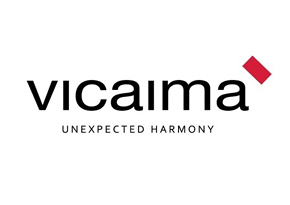National benchmark for green infrastructure: A feasibility study.
WHO IS THIS RESEARCH RELEVANT TO AND WHY
Those interested in developing a market for, or the potential implications of, a national benchmark for green infrastructure.
ABSTRACT / DESCRIPTION
This research examines whether a market exists for a national benchmark for green infrastructure (GI) in England. It is funded through a Natural Environment Research Council Innovation Fund (Grant Reference: NE/N016971/1). This builds on a Knowledge Transfer Partnership between the University of the West of England (UWE) and Gloucestershire Wildlife Trust, a project which includes the development of a local benchmark for Gloucestershire and the West of England and which focusses, naturally, on local priorities. This project sought to answer three main questions:
- What is the demand for a GI benchmark in the built environment sector?
- What types of GI and corresponding ecosystem services should the benchmark include?
- What is the most appropriate model to ensure the long-term success of the benchmark?
First, a desktop review of relevant assessment systems was conducted to examine a) if, and how, GI is incorporated into such systems and b) their overall operation to understand current practice within the built environment sector. The desktop review included 22 assessment systems, including benchmarks for green developments (building and community-scale) and other infrastructure, and audits, awards, guidance and tool kits that related more specifically to GI, green space or biodiversity. Second, five Expert Symposia were held to test the findings of the review as well as the initial work completed in the KTP on experts from the built environment and GI professions. Thus, the five symposia were co-hosted by the Royal Institution of Chartered Surveyors (RICS), Landscape Institute, Royal Town Planning Institute (RTPI), The Royal Society of Wildlife Trusts (RSWT), and Town and Country Planning Association (TCPA). Whilst the first three of these were quite profession specific, the latter two included participants from a broader range of backgrounds. A total of 55 experts participated in the symposia.



















